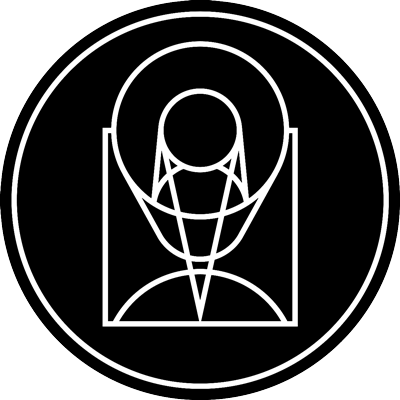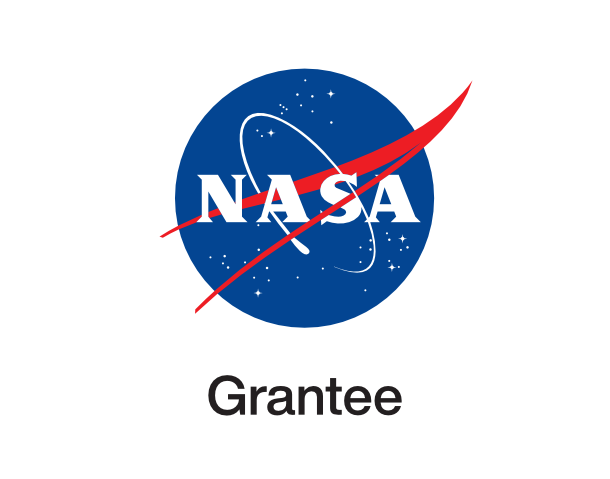Start your search here:
- Object Name - Search the archive by object name or coordinates resolved by simbad.
- Free Text - Search the archive for titles, captions and topics.
Recent Additions
Featured from the Archive
Comet 3I/ATLAS
![]()
![]()
![]()
Comet 3I/ATLAS
This is a Hubble Space Telescope image of the interstellar comet 3I/ATLAS. Hubble photographed the comet on July 21, 2025, when the comet was 277 million miles from Earth. Hubble shows that the comet has a teardrop-shaped cocoon of dust coming off its solid, icy nucleus. Because Hubble was...





























